Situations Where I Use An Neutral Density Filter?
Neutral Density (ND) filters are essential tools in a photographer's kit, offering a range of creative and practical applications. These filters reduce the amount of light entering the camera lens without affecting the color balance, allowing for greater control over exposure settings. Understanding when and how to use ND filters can significantly enhance your photography, enabling you to capture images that would otherwise be challenging or impossible. In this article, we will explore various situations where ND filters are indispensable, providing practical insights and tips for their effective use.
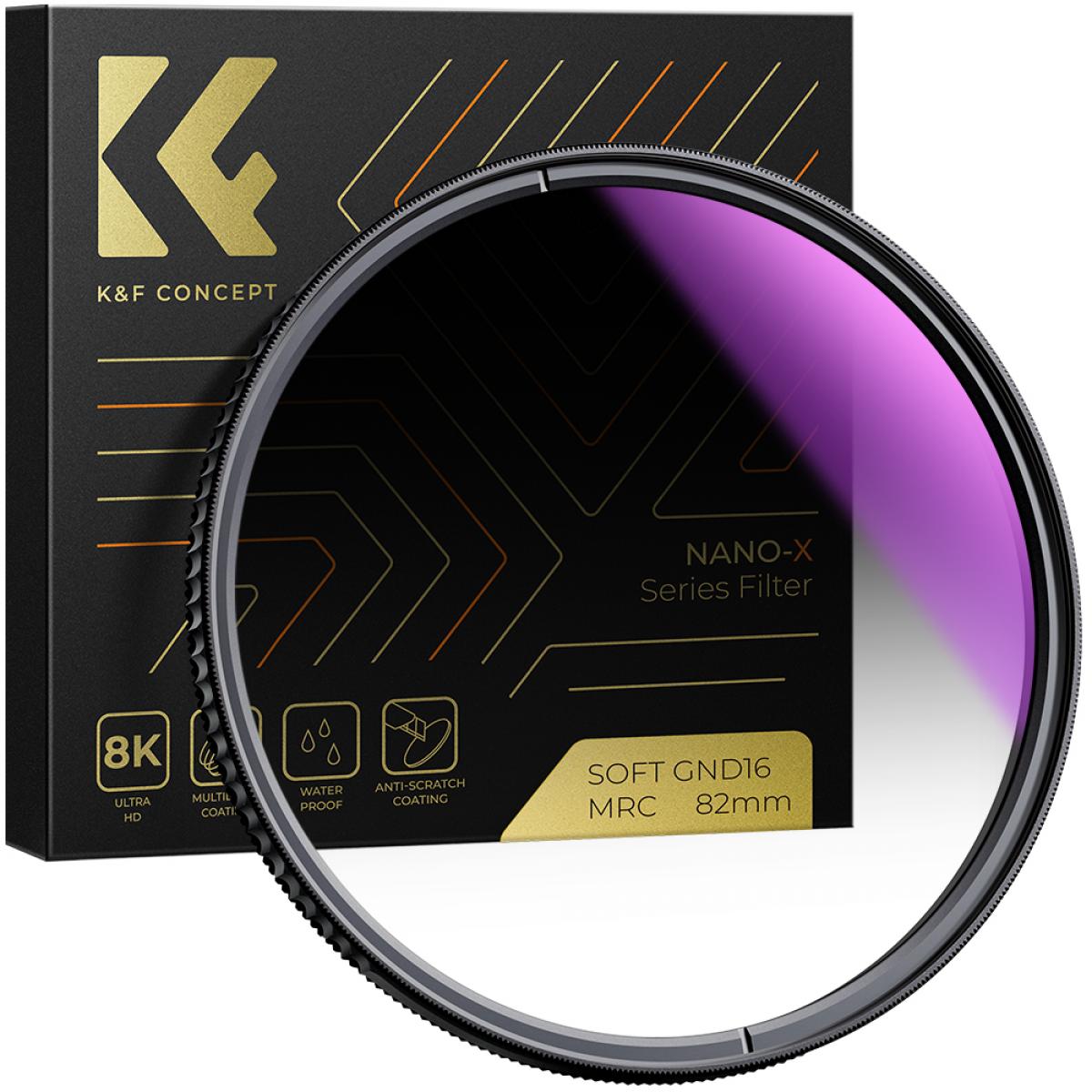
1. Long Exposure Photography
One of the most common uses of ND filters is in long exposure photography. By reducing the amount of light entering the lens, ND filters allow photographers to use slower shutter speeds even in bright conditions. This technique is particularly useful for capturing motion in a scene, such as:
- Waterfalls and Rivers: An ND filter can help create a smooth, silky effect on flowing water, transforming a mundane scene into a work of art.
- Cloud Movement: By extending the exposure time, you can capture the dynamic movement of clouds across the sky, adding a sense of motion and drama to your landscape shots.
- Traffic Trails: In urban settings, ND filters enable you to capture the light trails of moving vehicles, creating a vibrant and dynamic image that showcases the hustle and bustle of city life.
2. Portrait Photography in Bright Light
Shooting portraits in bright sunlight can be challenging due to harsh shadows and overexposure. ND filters can help mitigate these issues by allowing you to use wider apertures and slower shutter speeds. This results in:
- Shallow Depth of Field: By using a wider aperture, you can achieve a shallow depth of field, which helps to isolate your subject from the background and create a pleasing bokeh effect.
- Balanced Exposure: ND filters enable you to balance the exposure, ensuring that your subject is well-lit without the risk of overexposing the highlights.
3. Video Recording
When recording video, maintaining a consistent shutter speed is crucial for achieving a natural motion blur. However, in bright conditions, this can be difficult without overexposing the footage. ND filters are invaluable in such scenarios, as they allow you to:
- Control Exposure: By reducing the light entering the lens, ND filters help maintain the desired shutter speed and aperture settings, ensuring consistent exposure throughout the recording.
- Enhance Cinematic Quality: Using ND filters can help achieve a more cinematic look by allowing for wider apertures and shallower depth of field, which adds a professional touch to your videos.
4. Balancing Exposure in High-Contrast Scenes
High-contrast scenes, such as those with both bright skies and dark foregrounds, can be challenging to expose correctly. ND filters, particularly graduated ND filters, are useful in these situations:
- Graduated ND Filters: These filters have a gradient that transitions from dark to clear, allowing you to reduce the exposure in the bright areas (such as the sky) while maintaining proper exposure in the darker areas (such as the foreground). This helps to balance the overall exposure and retain detail in both the highlights and shadows.
5. Astrophotography
Astrophotography often requires long exposures to capture the faint light of stars and other celestial objects. ND filters can be beneficial in this context by:
- Reducing Light Pollution: In urban areas, light pollution can interfere with astrophotography. ND filters can help reduce the impact of artificial lights, allowing for clearer and more detailed images of the night sky.
- Enhancing Star Trails: By using an ND filter, you can extend the exposure time, capturing the movement of stars across the sky and creating stunning star trail images.
6. Creative Effects
ND filters also open up a world of creative possibilities for photographers looking to experiment with their images. Some creative uses include:
- Intentional Motion Blur: By using an ND filter to slow down the shutter speed, you can introduce intentional motion blur to your images, adding a sense of movement and dynamism.
- Ghosting Effects: In busy scenes, such as crowded streets or tourist attractions, an ND filter can help create ghosting effects by blurring moving subjects while keeping stationary elements sharp. This can add an ethereal quality to your images.
Practical Tips for Using ND Filters
To make the most of your ND filters, consider the following practical tips:
- Choose the Right Strength: ND filters come in various strengths, typically measured in stops. Common options include 3-stop, 6-stop, and 10-stop filters. Choose the strength based on the lighting conditions and the effect you want to achieve.
- Use a Tripod: Long exposure photography often requires a stable platform to avoid camera shake. A sturdy tripod is essential when using ND filters to ensure sharp and clear images.
- Check for Vignetting: Some ND filters, especially those with higher strengths, can cause vignetting (darkening of the corners) in your images. Check your shots and adjust the filter or composition as needed to avoid this issue.
- Combine with Other Filters: ND filters can be used in conjunction with other filters, such as polarizers, to achieve specific effects. Experiment with different combinations to find the best results for your photography.
Neutral Density filters are versatile tools that can significantly enhance your photography by providing greater control over exposure settings and enabling creative effects. Whether you're capturing long exposures, balancing high-contrast scenes, or shooting video, ND filters offer a range of practical applications that can elevate your work. By understanding when and how to use these filters, you can unlock new possibilities and take your photography to the next level. So, next time you head out with your camera, don't forget to pack your ND filters and explore the creative potential they offer.


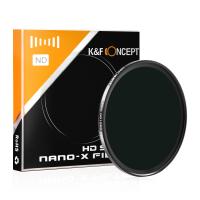

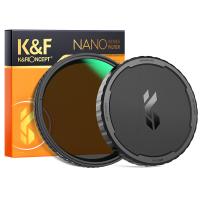
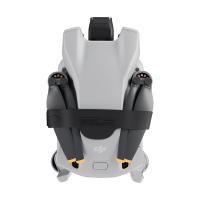


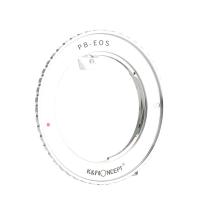


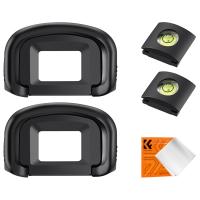

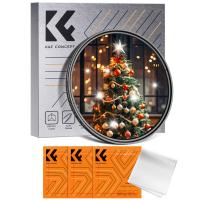

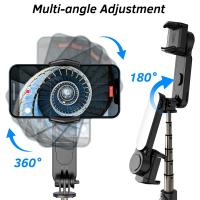


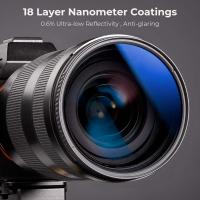
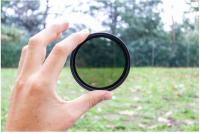
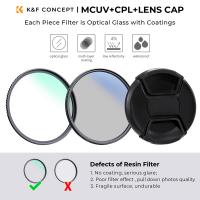


-200x200.jpg)
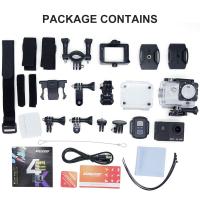
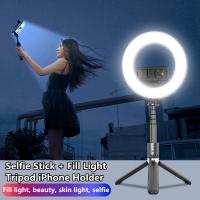
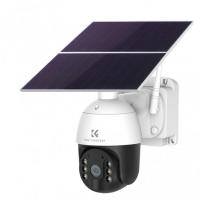


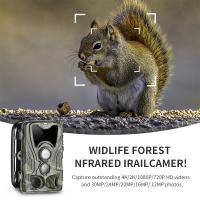

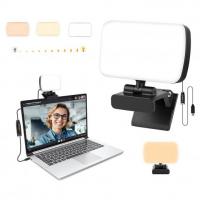

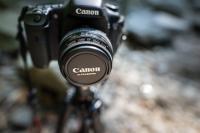
There are no comments for this blog.